Why I was wrong about sparkles ✨
UI for AI: sparkles revisited.
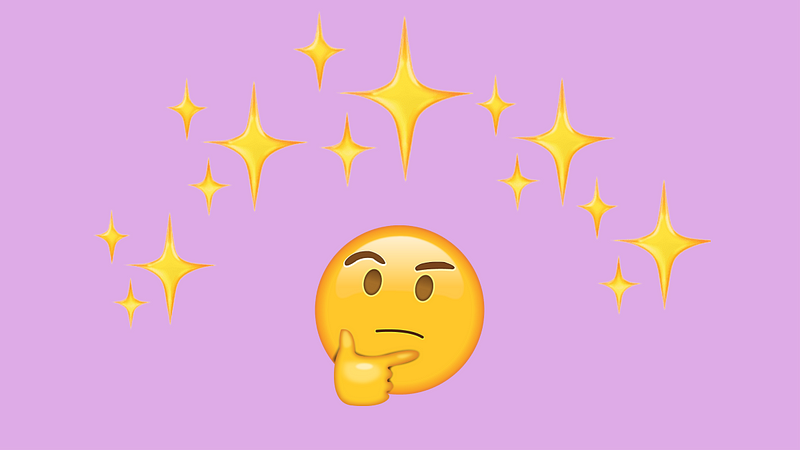
Last year I wrote an article detailing the origin and evolution of my favorite emoji, the sparkle. ✨ At the time, companies experimenting in the realm of artificial intelligence were using the four-pointed star icon or cluster of sparkles to represent some kind of AI capability. I criticized this trend, pointing to the nebulous meaning behind sparkles. In terms of user experience, sparkles aren’t instantly recognizable as being related to AI. Rather, they are best used to indicate a new ✨ (sparkling new) ✨ feature or something else. More specifically, I wrote,
“Sparkles are great, but they don’t have a solid meaning in the same way that a clock or calendar icon has. When tapping on a sparkle, users aren’t entirely sure what might happen next. That’s okay for new things, for features introduced with plenty of explanatory copy, but making a sparkle icon a permanent fixture in a design isn’t the best choice.”
But that was last year. Now, AI is all about the sparkles.
Why are sparkles used to represent AI?
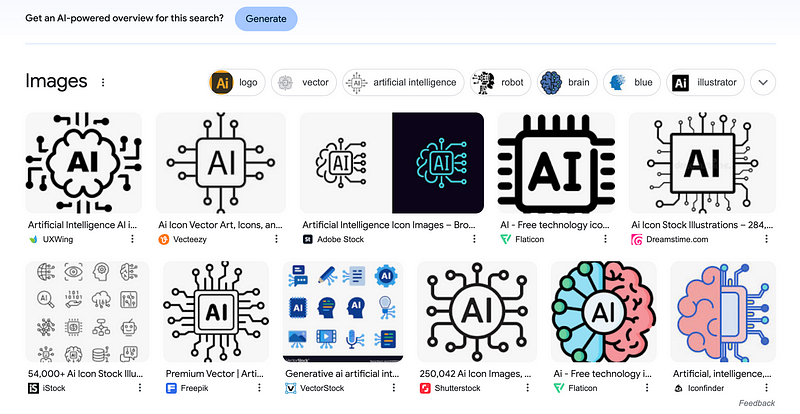
Rather than wire-and-node designs or robotic outlines, sparkles, or as some have termed sparks, have been embraced as the de facto symbolism of AI. The logic behind this choice is that not only is AI new and exciting, it feels a little bit like magic.
When drafting an article like this one, I can ask Notion to help me elaborate on why sparkles have gained popularity. Google’s generative search experience and the experimental Bard (both feature sparkles in their identifying icons) make research a breeze, practically doing the work for me. Zoom’s AI assistant can make a transcript of a meeting, a frankly wizardly feat.
It’s little wonder why magic has become entwined with AI.
Google Bard

Notion
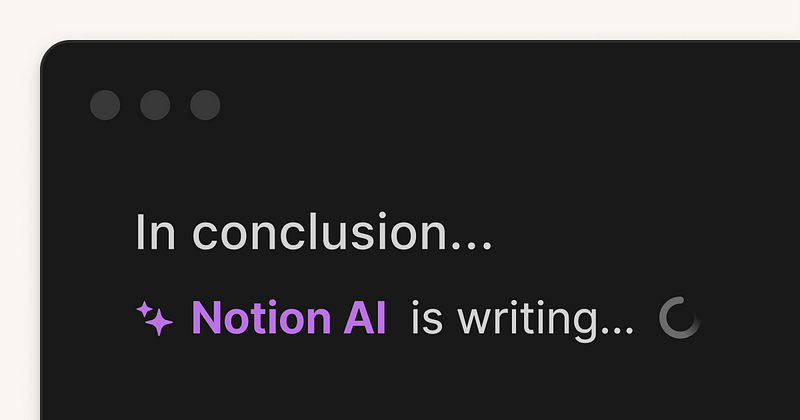
Zoom

Spotify
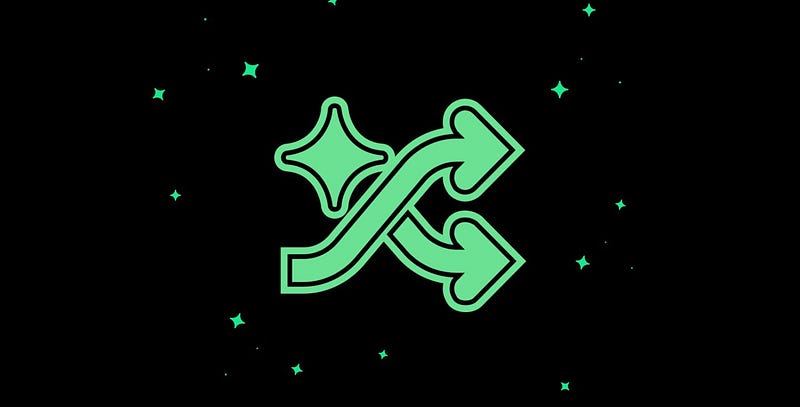
ChatGPT

With continued use of this symbolism, sparkle icons will become synonymous with AI. This solution to representing such a complex concept with a whimsical icon already associated with magic is, however, a double-edged blade.
Why I was right about sparkles
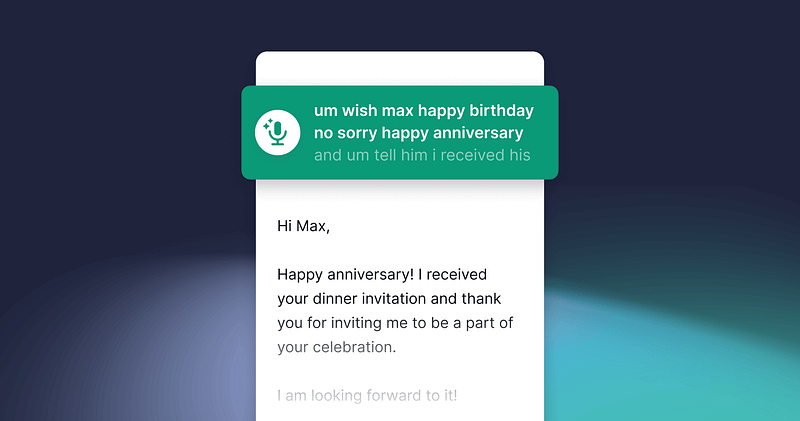
Regardless of whether I personally agree with it, sparkles have become the go to symbolism for AI features. I understand the reasons why, namely how cute sparkles are to begin with, but I still hesitate to call this a good user experience.
Here’s my problem: sparkles are associated with magic.
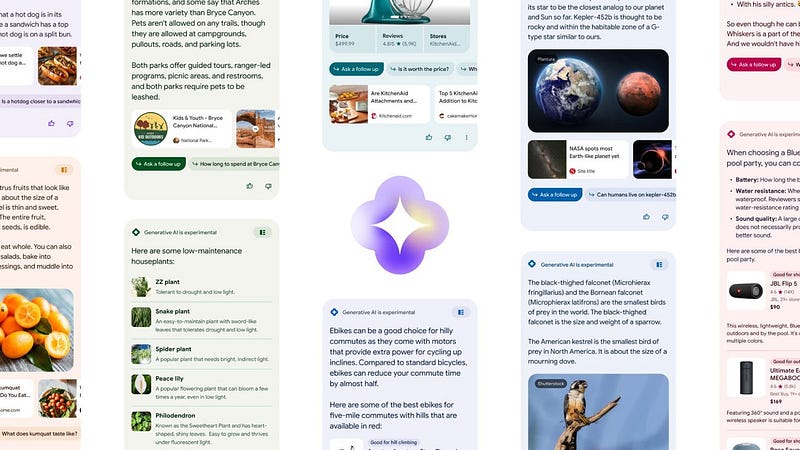
For many people, AI is indeed a kind of magic. Throw in a simple prompt and this unknowable technology somehow spits out huge swaths of distilled information. Seems kind of magical, no? But magic has no bounds, no limitations or hard rules. Artificial intelligence does. To ask users to think of AI as magic is to set up untenable expectations on this still nascent technology.
Jordan Rothe, a generative AI product designer, writes that while it is crucial to have a shorthand symbol, preferably one that doesn’t involve robots or brains, to represent AI, sparkles might be the wrong choice. He has had experience with users expecting AI to be able to solve all their problems, to be practically all knowing and all powerful.
As Rothe puts it, “Depicting it in a way that brings to mind pulling a rabbit from a hat or casting a spell will only contribute to people’s unrealistic expectations.”
AI can’t do it all. AI is not magic and shouldn’t be presented as such. So how do we represent it?
How to symbolize AI

Sparkles are already the popular way to present an AI feature, and that is unlikely to change. Therefore a solution to this problem doesn’t involve creating a new symbol or emoji to become synonymous with AI. Instead, we have to embrace the sparkles, but with the caveat that AI is not magic.
In the same way that sparkles have gained popularity over time, so will the understanding of what AI is–and isn’t–capable of. As more people use AI, more people will realize that the technology is limited by the data, which in itself can be incomplete or inaccurate, that it has access to. If people can learn the rules of fantasy settings like The Witcher, wherein magic has hard and fast rules, people can learn the limits of AI.
All while being still very impressed with this sparkling new technology, of course. ✨






